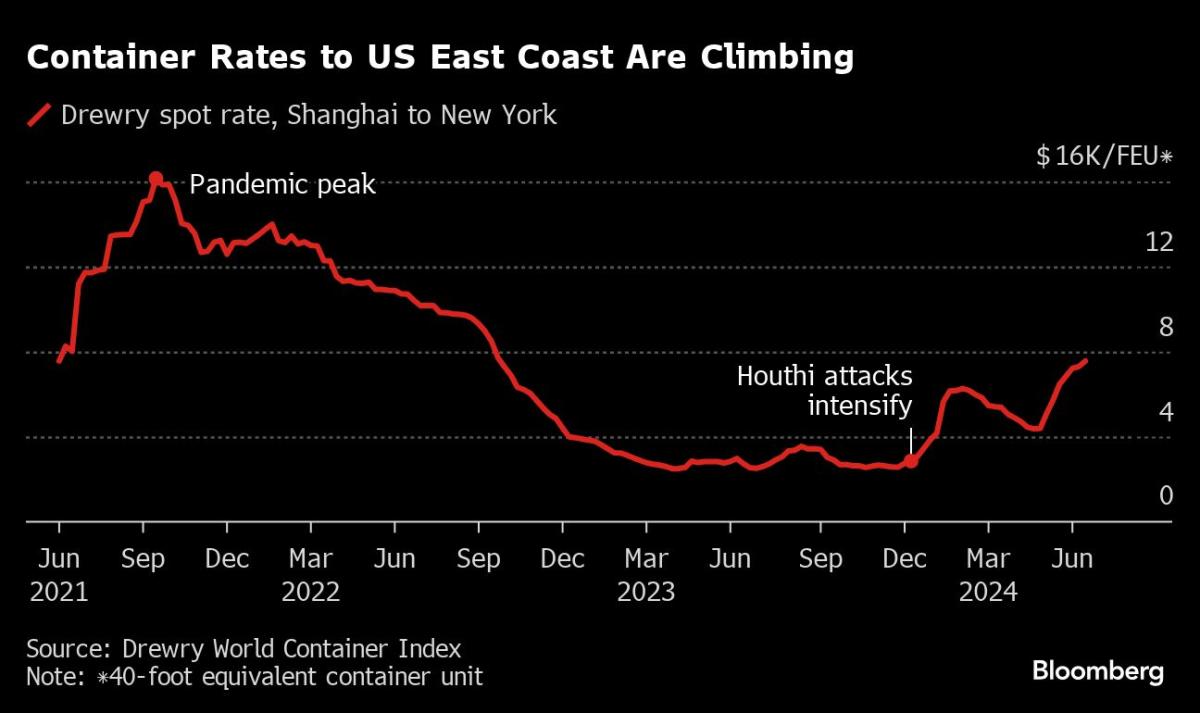Taking antipsychotics in adolescents increases the risk of death within five years

A new study of more than two million adolescents living on Medicaid found that antipsychotic treatment is associated with an increased risk of death, particularly at higher doses for older adolescents.
According to the researchers, “antipsychotics” are more commonly prescribed to adolescents for diagnoses such as ADHD and depression than for psychosis, even though there is no FDA approval for these indications, the harmful effects of the drugs are known, and alternative treatments exist:
“The most common diagnoses associated with antipsychotic prescription for young people were attention deficit/hyperactivity disorder (ADHD), conduct disorders, and depression, although antipsychotics are often an off-label or secondary treatment option and other clearly defined therapeutic interventions have fewer side effects,” the researchers write.
After adjusting for potential confounders, there was no increased risk of death in those receiving low doses (less than 100 mg chlorpromazine equivalents). However, the risk of death was increased in those receiving higher doses (hazard ratio (HR) 1.37). When stratified by age, there was no increased risk of death in children (5-17 years) regardless of dose, whereas there was an increased risk in young adults (18-24 years) at high doses (HR 1.68).
The study was led by Wayne A. Ray at Vanderbilt University School of Medicine and published in JAMA Psychiatry.
The study included Medicaid data from 2,067,507 patients ages 5 to 24 who first started taking a psychotropic medication between 2004 and 2013. Patients were followed for five years, until 2013, until they stopped taking antipsychotics for at least a year or until they turned 25. Those who had psychosis were excluded from the study, so only those who were prescribed “antipsychotics” for other reasons were included. Those who had serious medical conditions were excluded to ensure that any possible death was due to side effects of the medication rather than the medical problem.
The intervention group included only second-generation antipsychotics and excluded all patients taking older types of antipsychotics. The comparison group (control group) consisted of adolescents exposed to other types of psychotropic medications, including antidepressants, lithium, and alpha-adrenoceptor agonists.
The researchers found that those who received low doses of the drugs were no more likely to die within five years. However, those who received higher doses had an increased risk of death within five years. In subgroup analyses, the researchers found that this was due to an increased risk of death for young adults (18-24) at higher doses.
A total of 5,415,054 antipsychotics containing 100 mg chlorpromazine equivalent or less were prescribed, and 2,813,796 were prescribed at higher doses.
In particular, high doses of antipsychotics were associated with an increased risk of overdose deaths (HR 1.57; mainly opioids) as well as an increased risk of accidental deaths (HR 1.57).
The researchers point out that all antipsychotics cause sedation, which increases the risk of accidental death. They also interact poorly with opioids, which have dangerous respiratory, cardiac and sedative effects and can lead to overdose deaths.
They took into account a number of confounding factors, including demographic factors such as race, ethnicity, rural or urban living, as well as comorbidities and other prescribed medications.
Although no increased risk of death was found in young children, even when they took a higher dose of antipsychotics, it is important to acknowledge the limitations of the study. For example, patients were only followed for five years, but an increased risk of death in otherwise healthy children may not become apparent until they get older. The risk may also be cumulative, so people taking the drugs for more than five years may be at increased risk.
Also excluded from the study were people with psychosis, who might require higher doses of medication, and people with other medical problems that might be exacerbated by prescription of medications with harmful metabolic and neurological side effects, thus leading to an increased risk of death.
Another limitation: the comparison groups were those who also took psychotropic drugs (of other classes), all of which have their own increased risk of death. Therefore, it is unclear whether the drugs compared to those do not take psychotropic drugscould increase the risk of death even further.
It is worth noting that a “low dose” of chlorpromazine is anything under 400 mg, so an equivalent of 100 mg of chlorpromazine is considered extremely low dose. A medium dose is between 400 and 800 mg per day, while anything over 800 mg per day is considered a “high dose.”
For example, the 100 mg chlorpromazine equivalent for aripiprazole (Abilify), a commonly prescribed second-generation antipsychotic, is 7.5 mg/day. Pediatric guidelines recommend at least 10 mg/day for maintenance treatment of psychosis and indicate that the “effective dose” is between 10 and 30 mg/day. A 100 mg chlorpromazine equivalent could therefore be considered an extremely low dose to the point of “ineffectiveness,” and the “effective dose” is up to four times higher than a 100 mg chlorpromazine equivalent.
So the study essentially compares the increased mortality between those who received an extremely low, “ineffective” dose and those who received the usual dose, calling the usual dose the “high” dose.
Researchers argue that antipsychotics lead to worse outcomes over time and come with a number of harmful side effects. Many users report that they have only had negative experiences with the drugs. Researchers lament the use of these drugs in children without informed consent.
Patients who stop taking the medication are more than six times more likely to recover from psychosis than those who continue taking it. Unfortunately, once you start taking the medication, it can be difficult to stop without experiencing withdrawal symptoms. However, studies have shown that tapering slowly and shared decision-making can help a patient safely stop taking the medication – without increasing the risk of relapse.
****
Ray, WA, Fuchs, DC, Olfson, M., Patrick, SW, Stein, CM, Murray, KT, . . . & Cooper, WO (2024). Antipsychotic medications and mortality in children and young adults. JAMA Psychiatry, 81(3), 260-269. doi:10.1001/jamapsychiatry.2023.4573 (Link)


